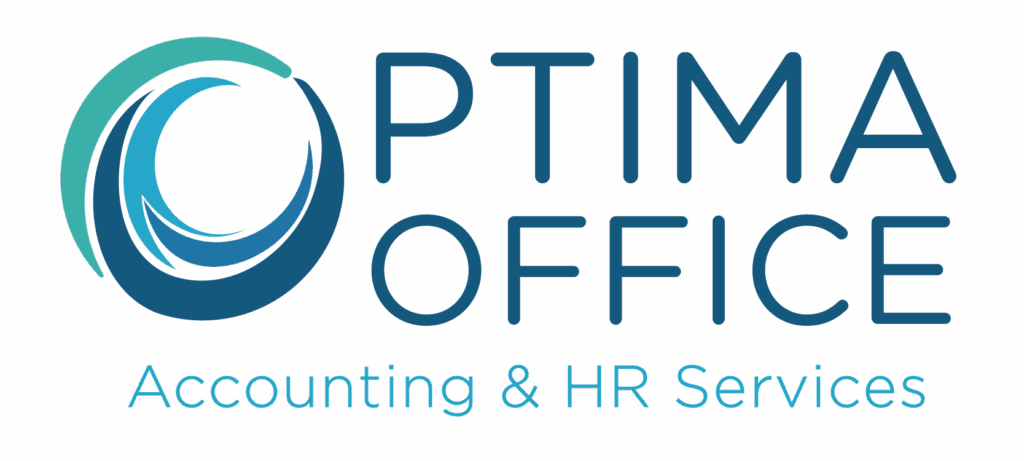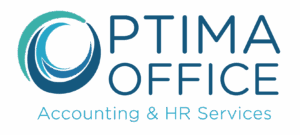
On March 16, the House passed bill H.R. 6201, the Emergency Families First Coronavirus Response Act. On March 18, the Senate passed H.R. 6201 and President signed the legislation into law.
The law requires employers with 500 or fewer employees to provide emergency paid sick leave under the Fair Labors Standards Act (FLSA) and emergency paid leave under the Family and Medical Leave Act (FMLA).
The paid leave requirements will go into effect on April 1, 2020. The Secretary has broad authority to exempt healthcare and emergency responders as well as small businesses (50 or fewer employees) that may be jeopardized by implementing the benefits for extended family and medical leave (E-FMLA).
Q: Who is required to provide paid leave under the new law?
A: Employers with fewer than 500 employees (1-499). The paid E-FMLA benefits apply to any employee of a covered employer who has worked for a minimum of 30 calendar days. The emergency paid sick leave (EPSLA) benefits apply regardless of tenure. All full and part-time employees are eligible for the leave benefits.
Q: What kind of leave is covered under the new law?
A: Paid family and medical leave, as well as paid sick leave.
Q: Are there any exceptions regarding who is required to provide paid leave under the new law?
A: The Secretary of Labor has authority to issue regulations on E-FMLA and EPSLA to:
- Exclude certain health care providers and emergency responders from the definition of an eligible employee
- Exempt small businesses with fewer than 50 employees if the above requirements would jeopardize the viability of the business going forward (E-FMLA only).
Q: If we already have a sick leave policy does our business need to comply with the new paid sick leave?
A: Yes, the new leave (ESPLA) is in addition to your current sick leave policy.
Q: Who does the paid family and medical leave benefits cover and what does it offer?
A: Employers with 500 or fewer employees (1-499) are required to provide E-FMLA leave for employees who are unable to work or telework because the employee is caring for their child (18 years or younger) because the school is closed or childcare provider is unavailable due to a public health emergency.
The bill states that employers may provide the first 10 days of this E-FMLA leave unpaid. Employees may elect to substitute any accrued paid time off (vacation, personal, sick, and/or ESPLA for COVID-19) during this otherwise unpaid portion of leave, but employers may not force employees to do so. For the next 10 weeks, eligible worker receives two-thirds of their regular rate of pay, capped at $200 a day and $10,000 total for the 10-week period.
In addition, this leave is “job-protected.” Upon an employee’s return from the leave, employers must restore the employee to their previous position or an equivalent position.
Employers of fewer than 25 employees may not be required to comply with the job-restoration provisions under certain circumstances. In such circumstances, employers need not restore an employee to his or her position after such leave if:
- the position held by the employee when the leave began does not exist “due to economic conditions or other changes in operating conditions of the employer” that are caused by the public health emergency and affect employment;
- employers make “reasonable efforts” to restore the employee to an equivalent position; and
- if such reasonable efforts fail, employers must make further “reasonable efforts” to contact the employee if an equivalent position becomes available during the one-year period commencing on either the date the emergency FMLA leave concludes or 12-weeks after the employee’s emergency FMLA leave begins, whichever is earlier.
Q: How do we determine the regular rate of pay for employees who have variable hours or multiple rates of pay?
A: For employees with variable hours or variable rate of pay each week, paid leave would equal to the average number of hours worked per day and the average rate of pay over the previous six months.
Q: When are the paid family and medical leave benefits effective?
A: Leave will take effect April 1, 2020, and end on December 31, 2020.
Q: Are tax credits available to help offset the cost of providing the paid FMLA?
A: Each quarter, private sector employers subject to the requirement are entitled to a fully refundable tax credit equal to 100% of the qualified paid FMLA wages paid by the employer. Qualified paid E-FMLA wages are capped at $200 per day and $10,000 overall. The tax credit is applied against employer Social Security taxes, but employers are reimbursed if their costs for qualified paid E-FMLA exceed the taxes they would owe. The Treasury Secretary is provided with regulatory authority intended to help with cash flow issues, for example by waiving penalties or failing to deposit payroll taxes in anticipation of the credit.
Q: Who does the paid sick leave benefits cover and what does it offer?
A: Employers with 500 or fewer employees (1-499) are required to provide up to 80 hours of fully paid sick leave to full-time employees (pro-rata rules would apply to part-time employees) on top of any other existing paid leave program of the employer.
Covered employees eligible for paid sick leave include:
- Employee subject to a Federal, State, or local quarantine or isolation order related to COVID-19
- Employee has been advised by a health care provider to self-quarantine due to COVID-19
- Employee is experiencing symptoms of COVID-19 and seeking a medical diagnosis
- Employee is caring for an individual who is subject to an order described in (1) or has been advised as described in (2)
- Employee is caring for their child because their school is closed or childcare provider is unavailable due to COVID-19 precautions; or
- Employee is experiencing a similar condition specified by the Secretary of HHS.
Paid sick leave must be paid at the employee’s regular rate of pay, or minimum wage, whichever is greater, for leave taken for reasons 1-3 above. Employees taking leave for reasons 4-6 may be compensated at two-thirds their regular rate of pay, or two-thirds minimum wage, whichever is greater.
Q: When are the paid sick leave benefits effective?
A: Leave will take effect April 1, 2020, and end on December 31, 2020.
Q: Are tax credits available to help offset the cost of providing paid sick leave?
A: Each quarter, private sector employers subject to the requirement are entitled to a fully refundable tax credit equal to 100% of the qualified sick leave wages paid by the employer. Qualified sick leave wages are capped at $511 per day ($5,110 total) for the workers own care and $200 per day ($2,000 total) if the leave is for caring for a family member for the 10 days (80 hours/10 days of sick leave). The tax credit is applied against employer Social Security taxes, but employers are reimbursed if their costs for qualified sick leave exceed the taxes they would owe. The Treasury Secretary is provided with regulatory authority intended to help with cash flow issues, for example by waiving penalties on failing to deposit payroll taxes in anticipation of the credit.
DISCLAIMER – Due to the daily changing environment and guidelines being provided by the government, this information could be outdated. Please contact our office for the latest updates and guidelines. Optima Office is not responsible for any actions taken due to the information provided. The information provided here is for instructional purposes and does not represent legal advice being given by Optima Office.




